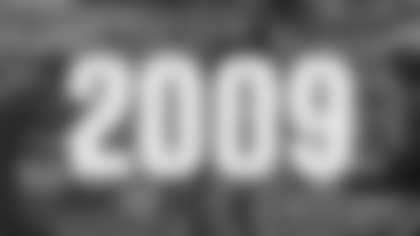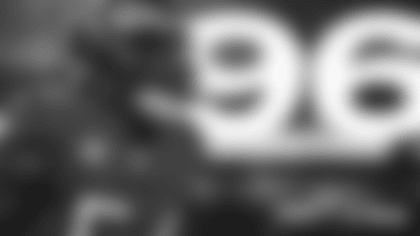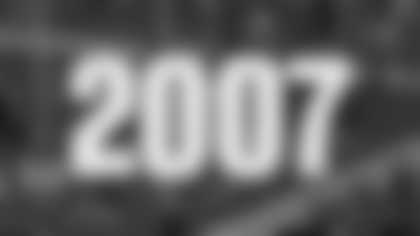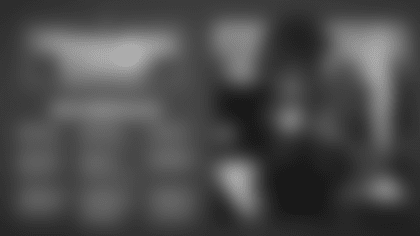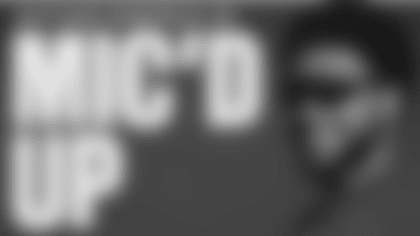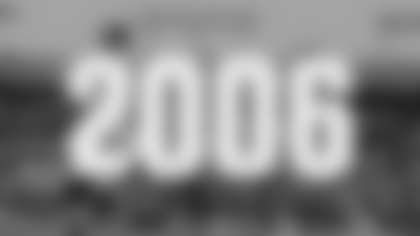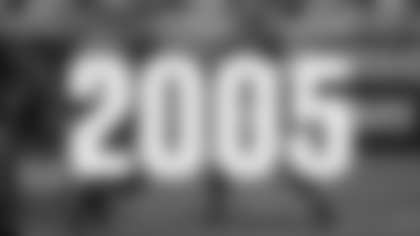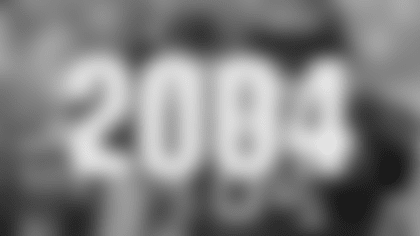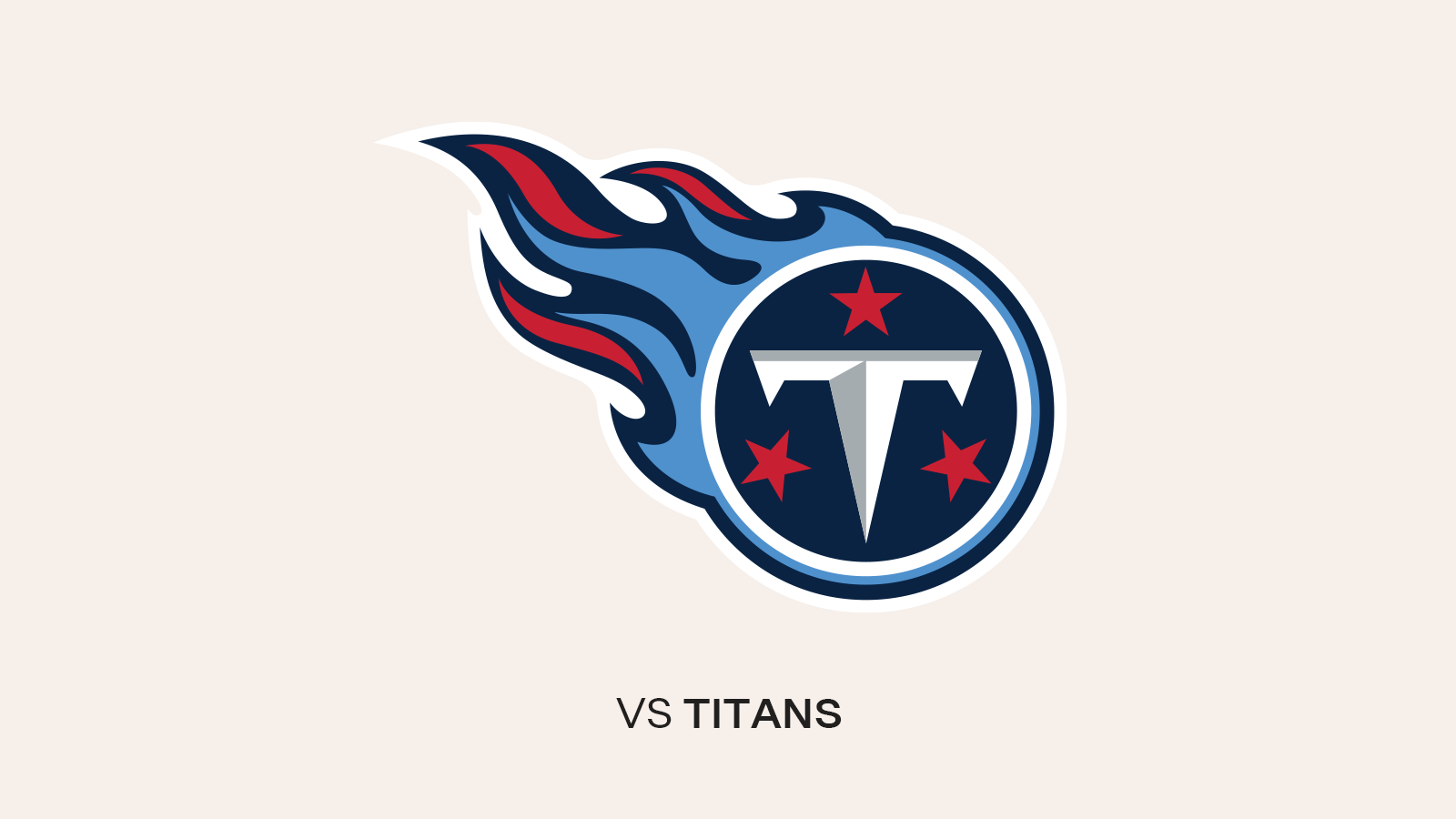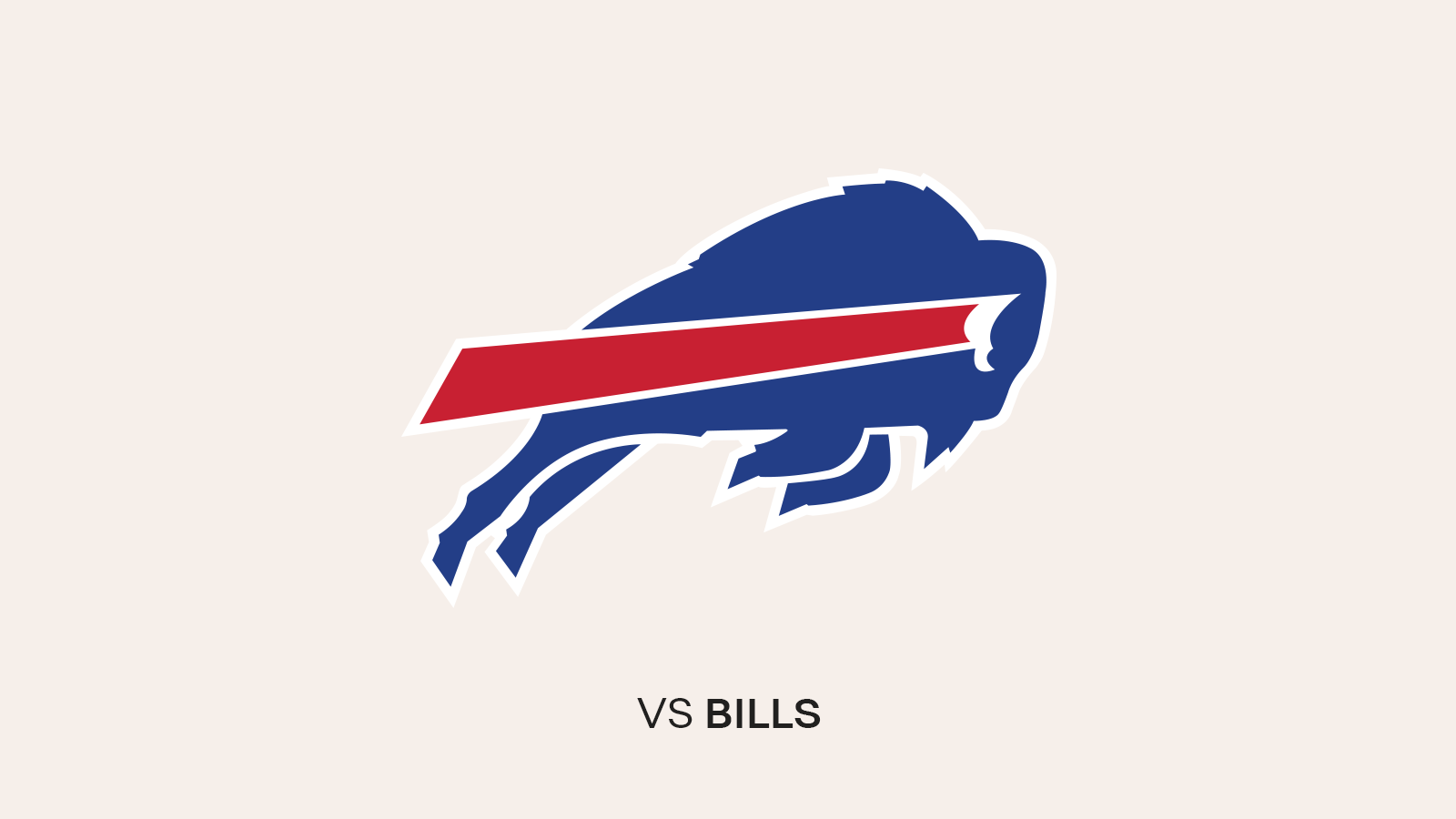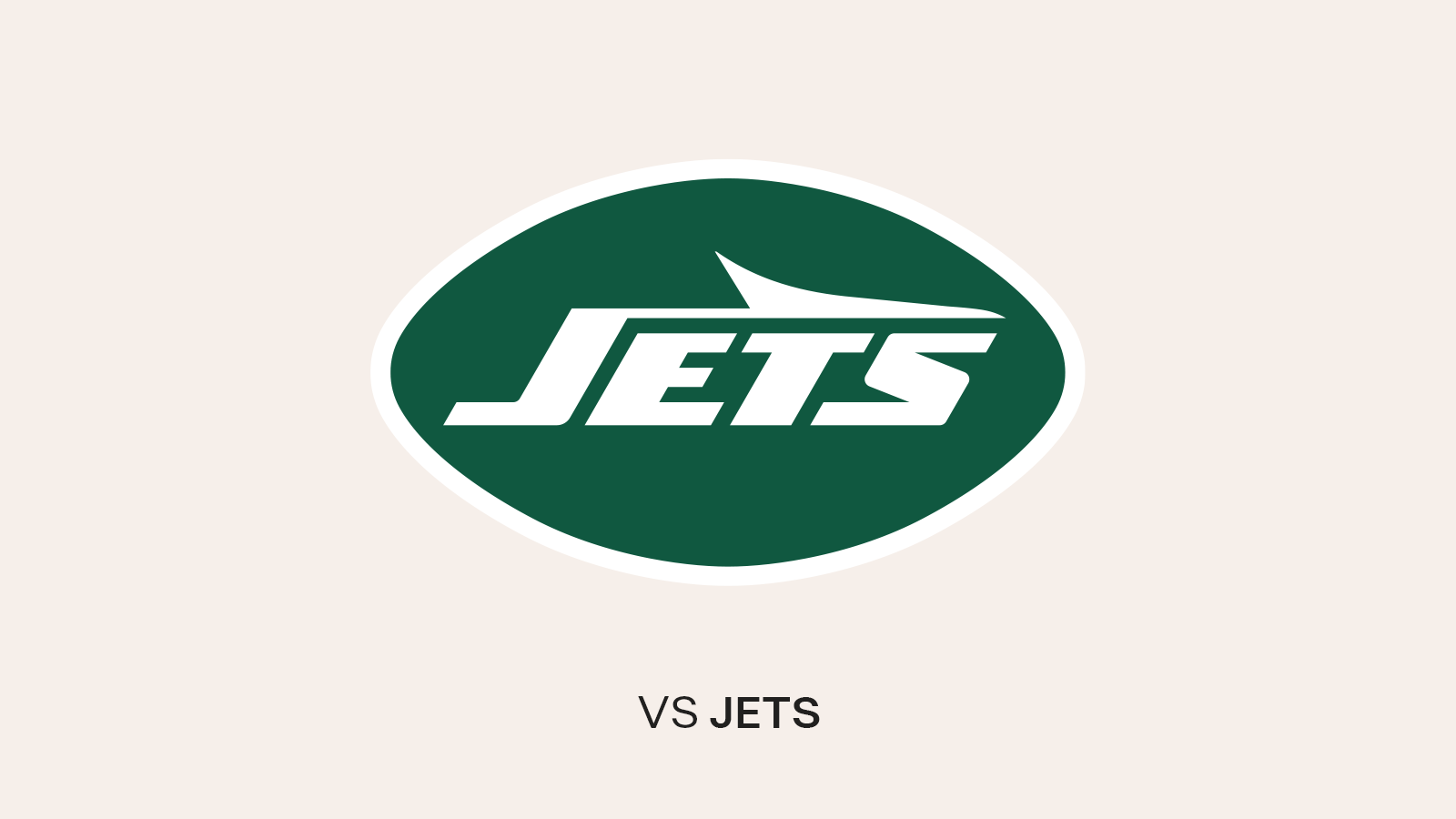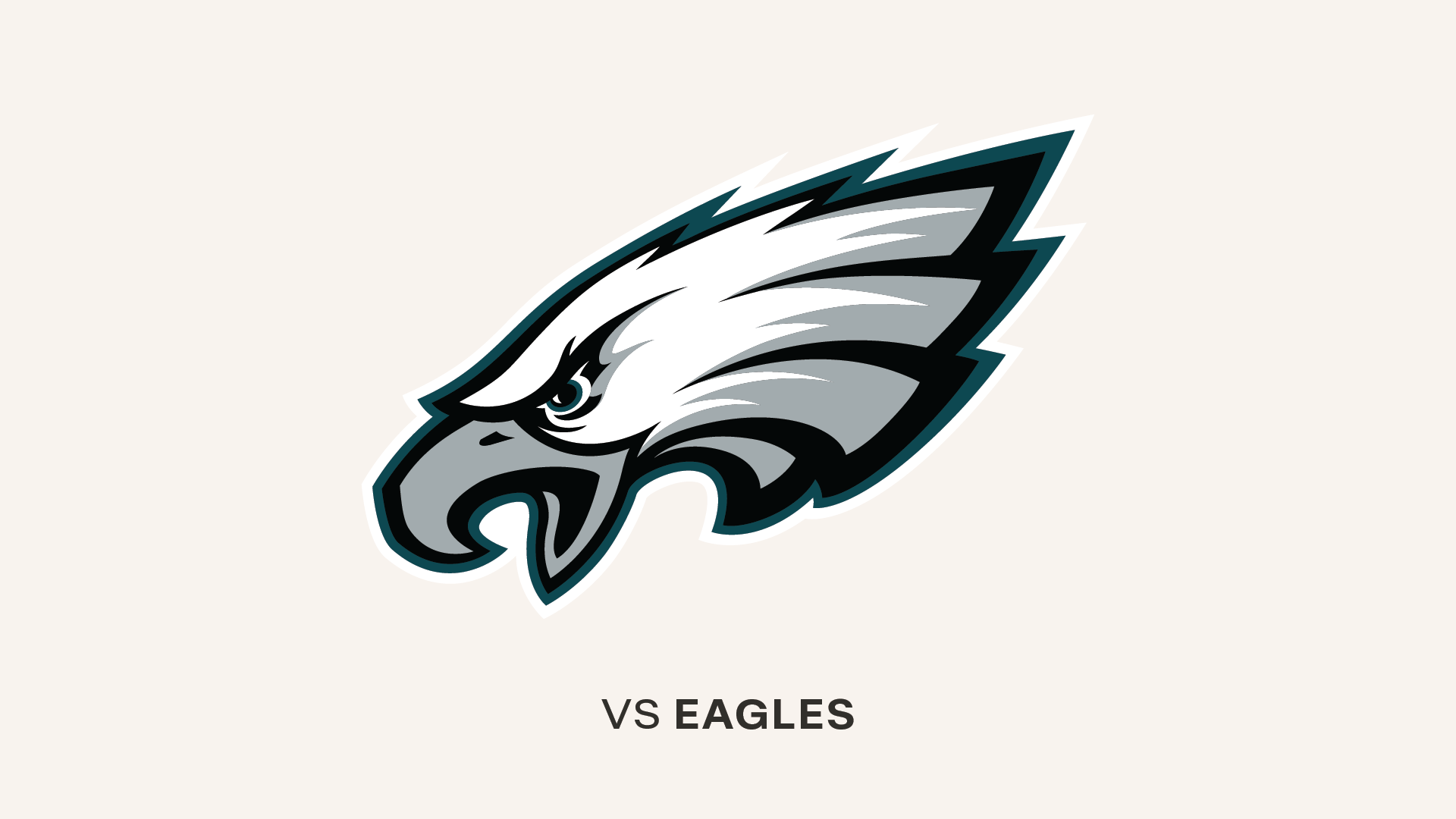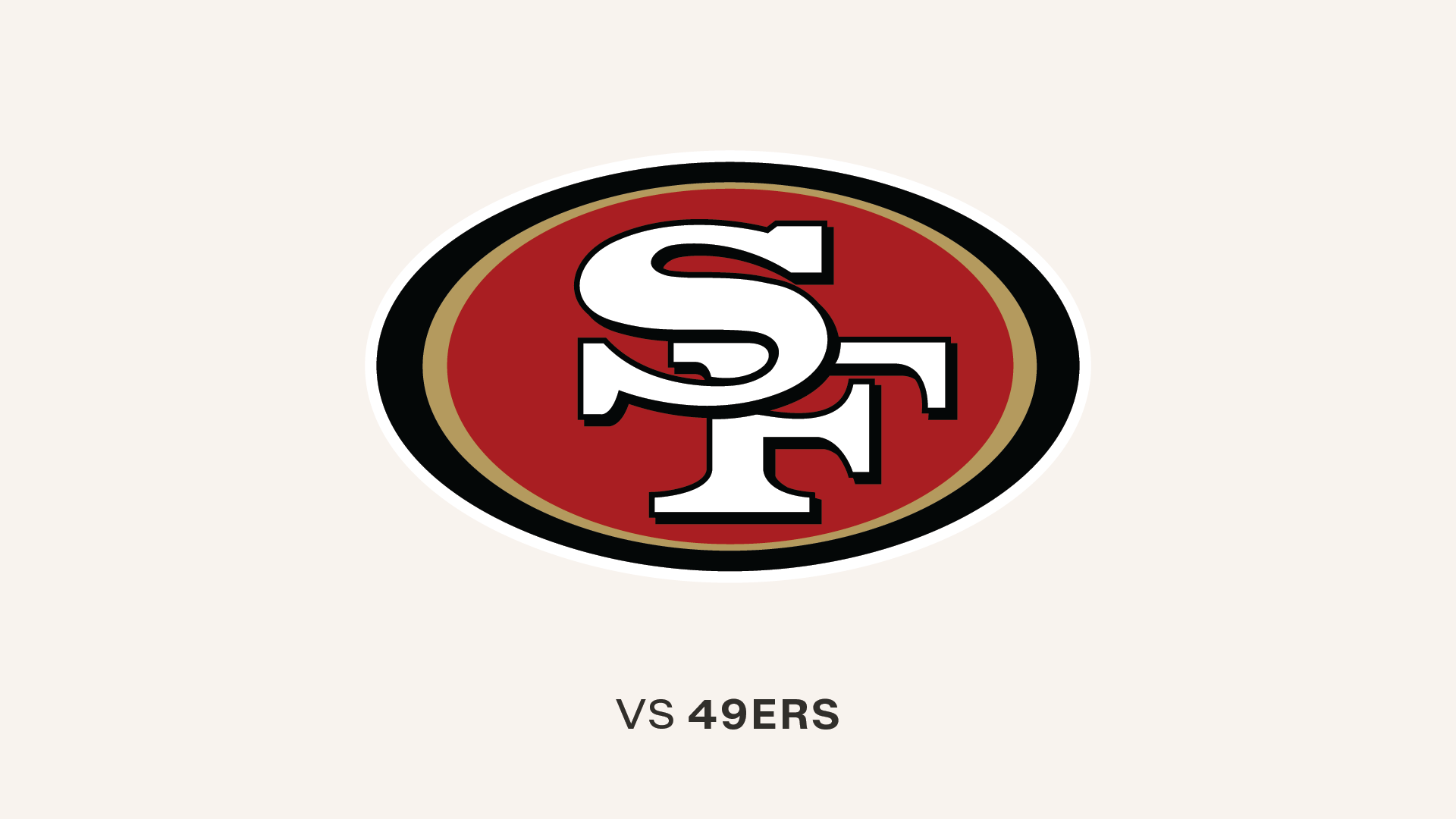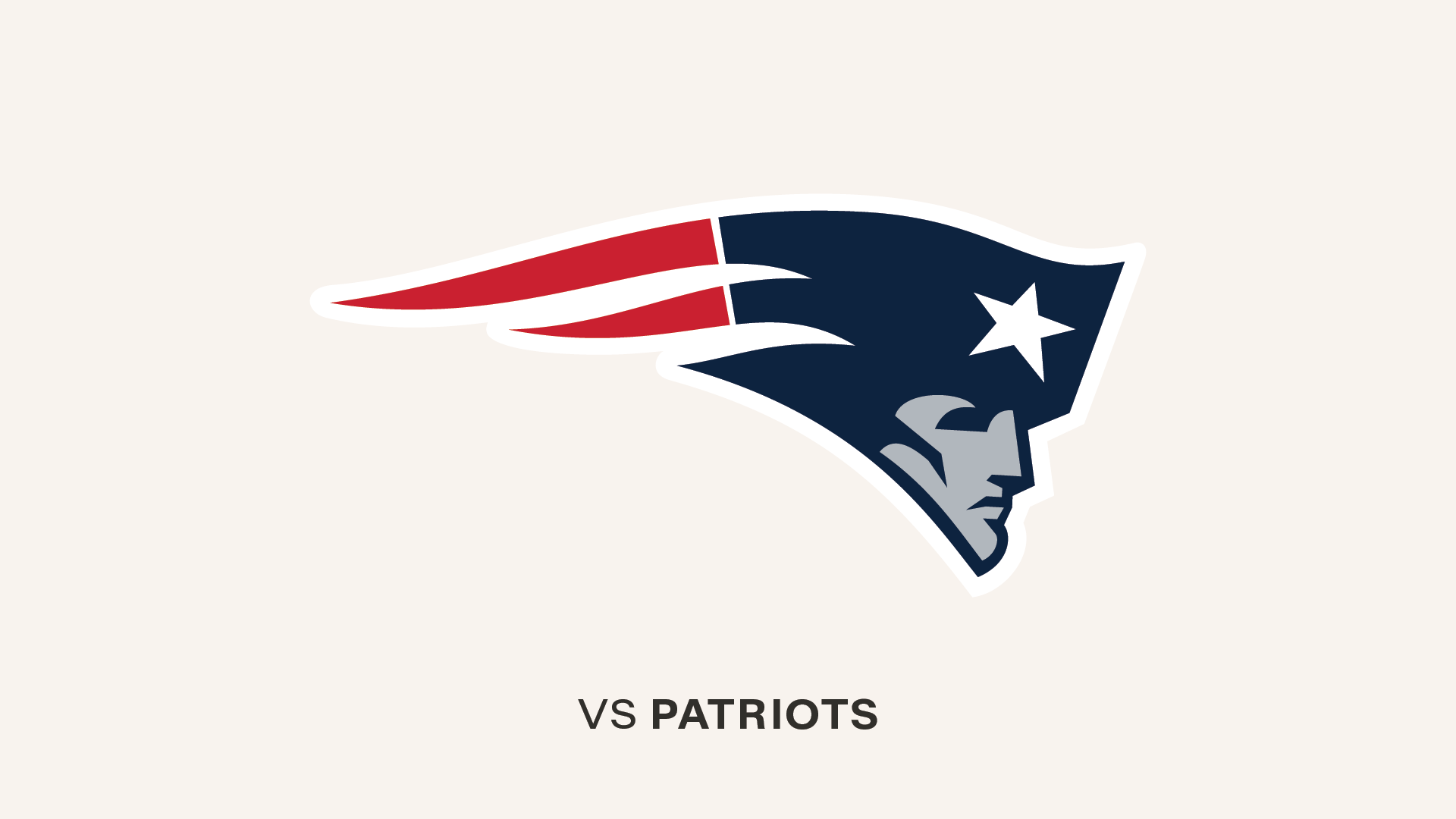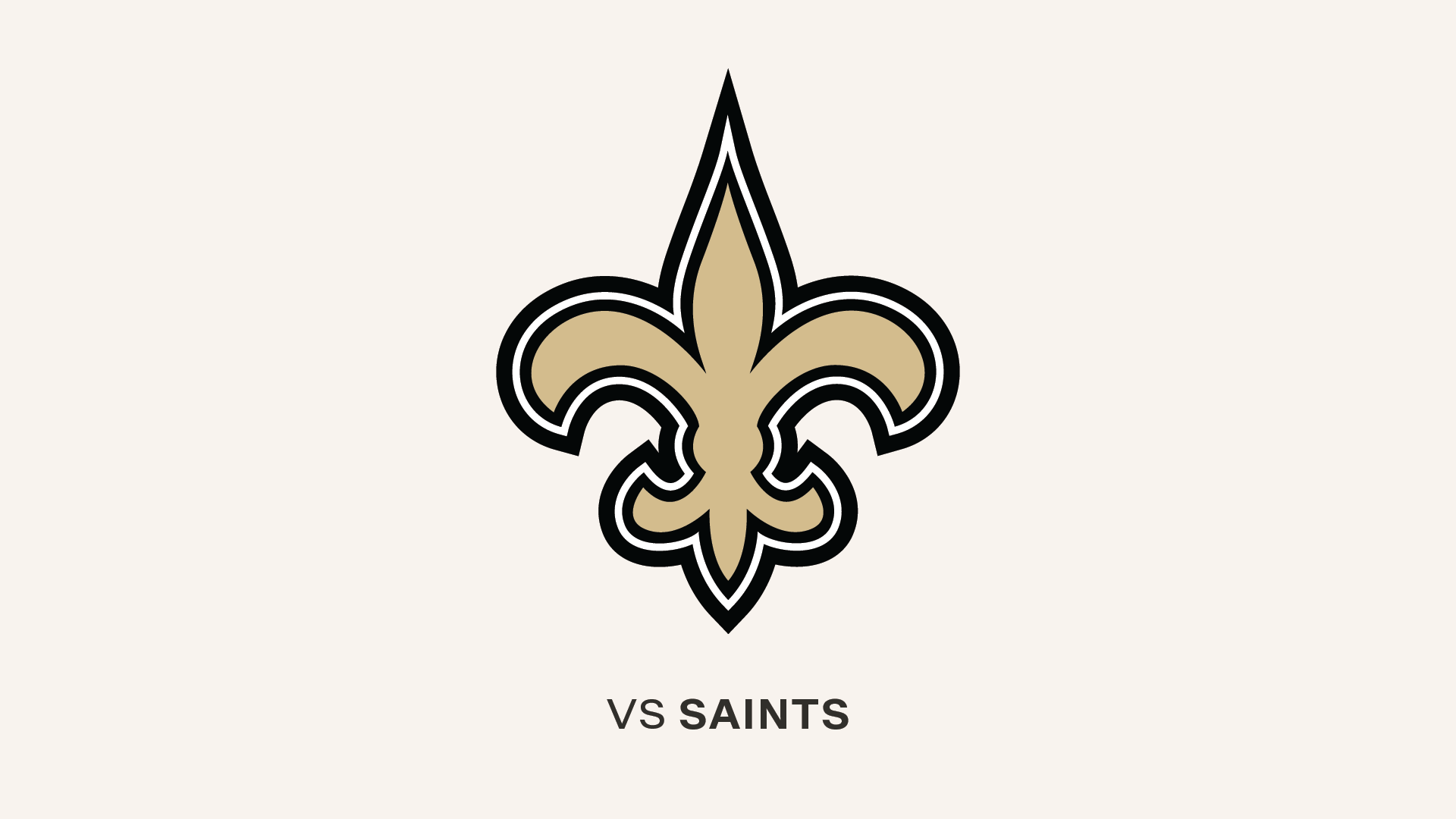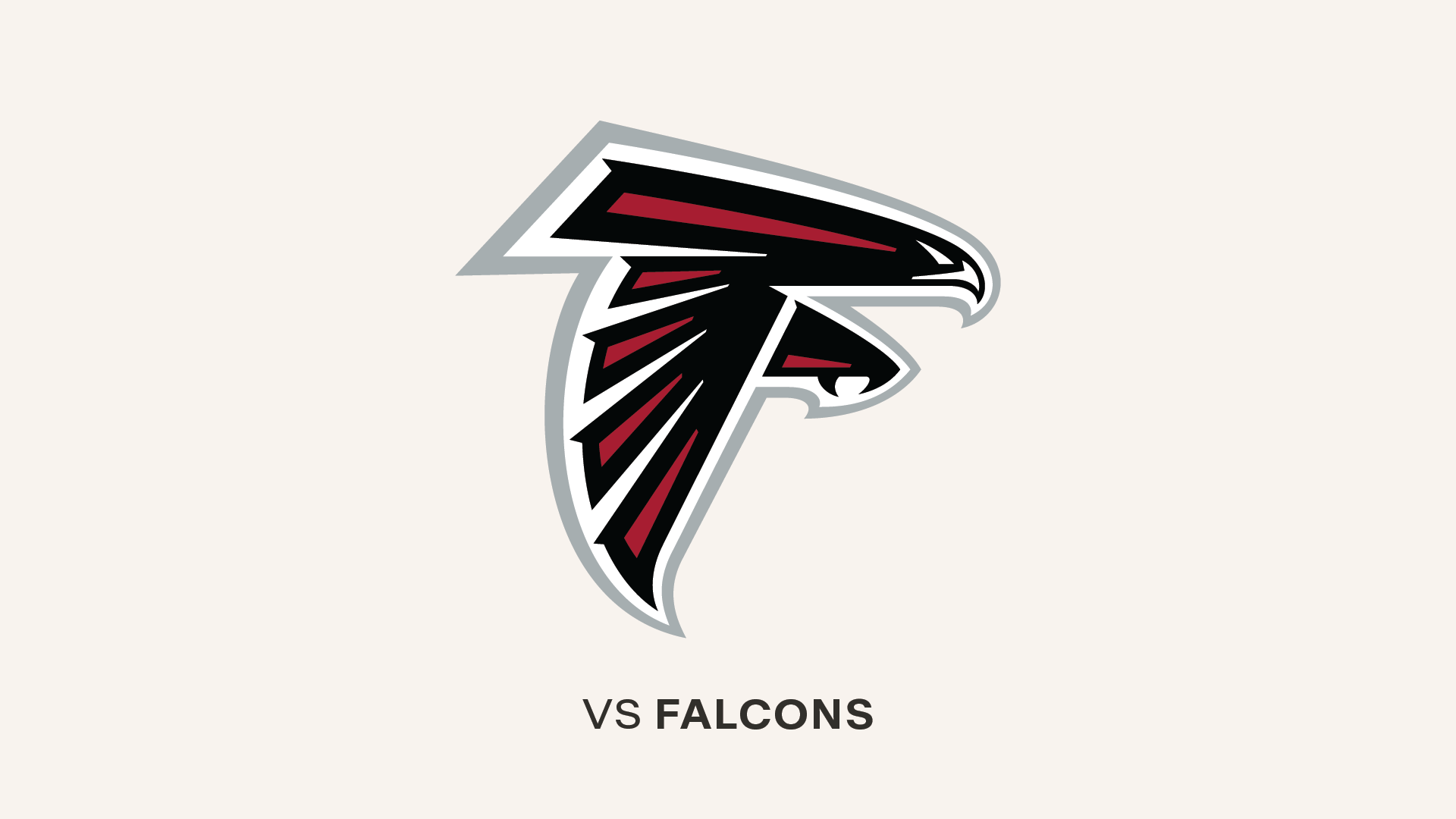On December 16, 2007, Micheal Spurlock made Tampa Bay Buccaneers history when he returned a kickoff 90 yards for a touchdown against the Atlanta Falcons at Raymond James Stadium. That score ended an infamous drought of nearly 32 years, as it was the first kickoff return for a touchdown in franchise history.
It was a great and memorable play by Spurlock as he followed his initial blocks into a hole in the middle of the field, made one decisive cut to get to the right sideline and simply outran the rest of the Falcons' coverage. If you diagrammed his 90-yard scamper after the fact, however, it wouldn't look all that remarkable. As SB Nation's Jon Bois once demonstrated in one of his fascinating "Chart Party" videos, most kickoff return scores look pretty much the same.
Some famous plays, however, are recognizable from a simple diagram of the principle players involved. We've demonstrated that in the first two editions of our new "Path to Glory" feature, one that mimicked the Jameis Winston-Mike Evans scramble play from two seasons ago and another that recalled the Warrick Dunn-Shaun King pitch play against the Rams in 2000. The former proved a little easier to identify than the latter, but there were correct guesses by Bucs fans in both instances.
Well, we're back with our third Path to Glory test, and this one involves another play most Buccaneer fans will remember vividly. See if you can figure it out below.
Let's remind everyone how this works. First we'll show you a field with the paths of the players involved drawn on it, but without any other identifying characteristics. You've probably already noticed this week's diagram below; resist the urge to scroll farther down until you've tried to guess what memorable play it depicts. Some diagrams will show just one player's path, others will outline the motions of several players. If the football travels in the air between players during the play (including on a shotgun snap), that will be shown with a dotted line.
After you've had a chance to guess the play from the first diagram, we'll provide you with some hints and then show it to you again with some more details to help those who weren't able to pinpoint the play initially. Then, as your reward for guessing the play, we'll finish up with an animated diagram and the actual video clip of the play.
So, here's this week's Path to Glory:

Can you tell which play is being depicted? Let's break it down a little bit.
There is a lot of early action in this play in a small area of the field. Two of the three players depicted are very close to each other in the open field, indicating that they may be on opposing teams. The dotted line, as noted above, tells you that for at least a quick moment, the football is in the air. Is it a pass? If so, that player by himself is likely a quarterback.
As compressed as a lot of the action on this play is, there is also one very long line that covers nearly the entire field and ends in one of the end zone. If this is a play showing a quarterback and two players in opposition of each other, then it appears one team or the other was celebrating a touchdown at the end.
You'll get more details below, but know that this play occurred in a very important game for the Buccaneers, and that the outcome was still in doubt when it happened. Those details alone might help some Tampa Bay fans narrow in on the moment in question.
Let's take a look at the second diagram, which also includes jersey numbers and uniform colors of the players involved, as well as the score of the game at the time:

As you can see, we call this one, "Shutting Down the Vet." That's exactly what Ronde Barber did when he picked off a Donovan McNabb pass late in the 2002 NFC Championship Game and returned it 92 yards for the clinching touchdown. That was the last game ever played at Philadelphia's Veterans Stadium, as the Eagles would move into their new Lincoln Financial Field the next fall. It was also the last game of the 2002 season for Philly, as it was the Buccaneers who moved on to face Oakland in Super Bowl XXXVII.
The Bucs arrived at the Vet on January 19, 2003 needing to get a monkey off their collective back. Tampa Bay had been a playoff contender since the 1997 season and had gradually overcome their first big hurdle, the Green Bay Packers. They had not yet solved the Eagles, however. Playoff campaigns in 2000 and 2001 ended in losses at Veterans Stadium, and the Eagles were one of just three teams that beat the Bucs during the 2002 regular season. Philadelphia's home field advantage in 2002 made them the favorites to eliminate Tampa Bay for a third straight season.
That storyline held early as Brian Mitchell returned the opening kickoff 70 yards and Duce Staley scored on a 20-yard run to give the home team a 7-0 lead just 45 seconds into the game. But the Bucs settled down after that and Joe Jurevicius's famous 71-yard catch-and-run in the first quarter shifted the momentum. The Bucs' defense clamped down on McNabb and the visiting team built a 20-10 by the third quarter.
That's when McNabb launched a furious rally, making one dazzling improvisational play after another to drive his team deep into Buccaneers territory in the second half of the fourth quarter. Tampa Bay still had a 10-point lead but the Eagles had a first down at the Bucs' 10-yard line with four minutes to play. A touchdown here would have cut the lead to three points and given the Eagles a very real chance to get the ball back and a shot at a game-winning score.
The following play did produce a touchdown, but not in the way McNabb and the Eagles had envisioned. This was the moment a future Hall of Fame cornerback took over and produced perhaps the single biggest play in Buccaneers franchise history.
As the diagram notes, McNabb took a snap from under center and made a quick drop before throwing a short pass out to his left. The other line that starts at that starts at the Eagles' line of scrimmage belongs to wide receiver Antonio Freeman, who runs a simple buttonhook a few yards downfield. Because the Eagles have three receivers on the field, Barber has made the move from outside corner into the slot, as he always did. The unforgettable moment he was about to create actually began a few seconds before the snap.
Barber was a fantastic blitzer out of the slot, as evidenced by the fact that he is the only player in NFL history with at least 45 career interceptions and at least 25 sacks. He had blitzed on several occasions on this evening, at one point getting a strip sack of McNabb that led to a turnover. On another occasion, McNabb had read the blitz and thrown right into the area that Barber had vacated for a completion.
Barber remembered this, and he figured McNabb would, too. The back-and-forth lines that start Barber's Path to Glory on this play indicate his ruse; he came up to the line to sell a blitz but just before the snap, without McNabb noticing, he dropped back into position. McNabb reacted as Barber had hoped, dropping quickly and turning to fire out to his left in Freeman's direction. Instead, Barber cut in front of the receiver, intercepted the pass with his arms out in front of him and took off in the other direction. No Eagle got close to catching him and he waltzed into the end zone 92 yards later to send the Bucs to the Super Bowl and shut down the vet.
Now watch the play unfold on this final diagram, beginning with Barber's subterfuge:
And here's how it looked and sounded:
So now you've seen the path that Ronde Barber took on what may be the single most important play in franchise history. Please come back each Thursday to see if you can identify another unforgettable Buccaneer moment simply from the play's diagram.









